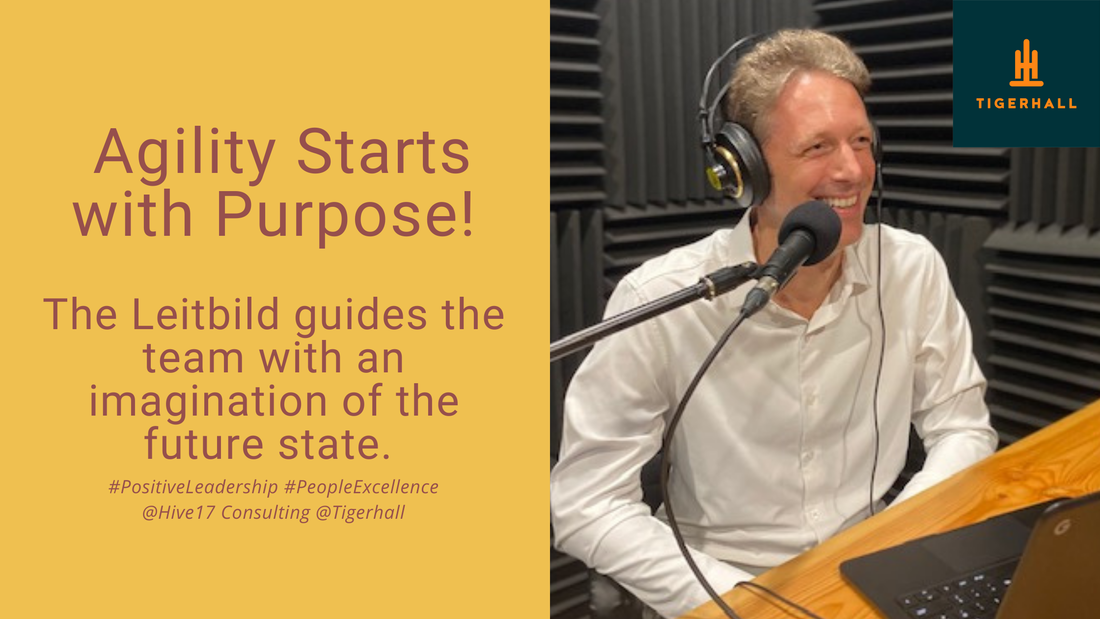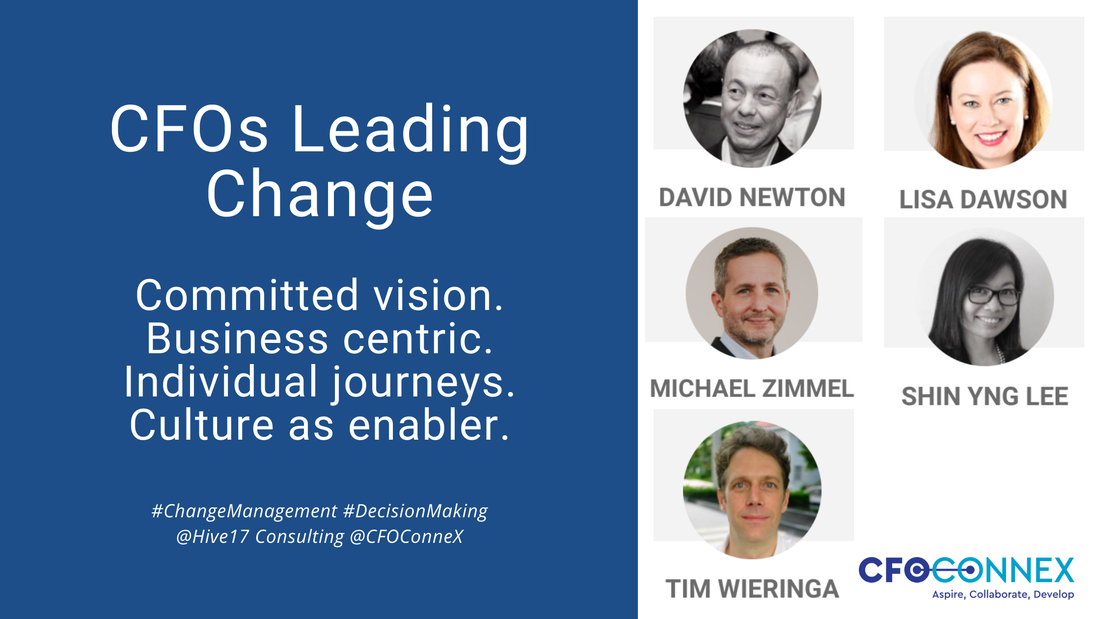|
Agility is in everybody's mind. And yes, its principles can help any part of the business to build lasting success in an environment that is complex and ever-changing.
Tigerhall invited me to a series of podcasts to share my experience with agility in the manufacturing and financial service sector. Here is the first episode! How do you enable your team to define their change journey from within?
0 Comments
Many professionals mention they are knowledge and experienced about change management. A highly relevant skill in today's business world. At the same time, we rarely see these skills deeply applied in large transformation projects. Why is that?
Here are some reasons I have heard from peer change management practitioners:
Where do you see barriers for professional change management in your organisation? Since years, I am advocating that the traditional change management, enabling people to switch to a future state, needs rethinking. Our world has become complex and changes are happening faster and faster. This means the 'future state' is soon obsolete and we need to change to the next one. We are in a state of continuous change.
This means we need to cultivate an environment that allows people to thrive during their change journey! For example, when you introduce a new performance management system, or a new hybrid working policy, or a refreshed regionalised organisation, for all of these transformation projects the end is not the installation of these end states. Rather, we want to enable the adopters of this change to be able to evolve their system, processes and team structure by themselves. And this requires direction, guidance and support. Leadership is essential in this context. Leaders cultivate the environment where successful change can happen. While we all heard of these leadership qualities, it is essential that the right behaviours are becoming a second nature. How are you developing these routines and master positive change leadership qualities? Last week we conducted the fifth session of the workshop series 'CFOs Leading Business Intelligence' organised by CFO Connex. This last session was all about change management, in particular: how can we define that dream state of the new finance team and how we can take the first steps in that direction. We also had a great panel that provided insights on how to bring change to the finance team and how this team can facilitate change in the broader organisation. Here some interesting bits and pieces. Starting with the senior leadership team, it is important that transformation initiatives receive commitment from the top, often in the form of a prioritised vision of where the company is heading. This means that we are creating space to think - with creativity and with curiosity. The CFO is the objective sparring partner for the business and is in a very good position to guide and drive change projects. For the finance team, the business leaders are the customers. With continuous conversations finance is able to deliver value to their customers. When we are leading the finance team to that new future state, it is important to look at the change journey of each individual team member. What are their skill gaps and their career ambitions? Coming back to the senior leadership team, we need to acknowledge that transformations require to investigate how the cultural environment is contributing and blocking change. The senior leaders are significantly shaping the company culture and hence contribute to the success of the change. Thank you to all the panelists: David Newton, Lisa Dawson, Michael Zimmel, Shin Yng Lee, Tim Wieringa.
Together with David Newton, we are organising a workshop series called CFOs Leading Business Intelligence. Last week, I talked about decision making in this context. The financial teams are very good at planning and analysing business data. And we need to understand that all these activities are directed at making better business decision and at the betterment of the business we are in. When it comes to decision making, there are two main areas we aim to improve: speed & quality. How often do you experience delays in your decision making process? And, how confident are you that you are making decisions that are solid and considering all the data we have? In my presentation and during the panel, we discuss to major elements: decision making bias and decision modelling. Please enjoy this recording. Next week, we will conduct session for: Change Management. Please sign up with the link! For years, I have been looking into agility, its principles and how they help to create lasting success in teams. We have brought agility into manufacturing, R&D and for sure also in IT teams. Earlier this year, I then decided to jump deep into the certification for Scrum Master. What did I learn?
There is one thing that becomes obvious very quickly: scrum as methodology is not prescriptive. Instead, it contains a series of suggested activities, templates, processes, etc. The key foundation is empiricism! Each team then needs to find out what works best for them - based on a set of principles. In my projects, I am mostly engaged in leadership development. And while going through the scrum master certification, I understood that the principles are strongly supporting a modern, dynamic leadership approach. Scrum can give us answers to the question: how can we deliver maximum value in complex environments? Are you curious to bring agility to your organisation? Then let's look at these key principles! Here my take:
How can you follow these key principles in your organisation? Where do you see the obstacles for agility? Thank you, Takeshi Yoshida, for pushing me on this path! |
Subscribe
Receive our monthly themed summaries of our thoughts: click! TimTim is a change practitioner in the area of innovation and excellence. He is working with teams to accelerate innovation, collaboration and agility. Categories
All
Archives
July 2024
|





 RSS Feed
RSS Feed